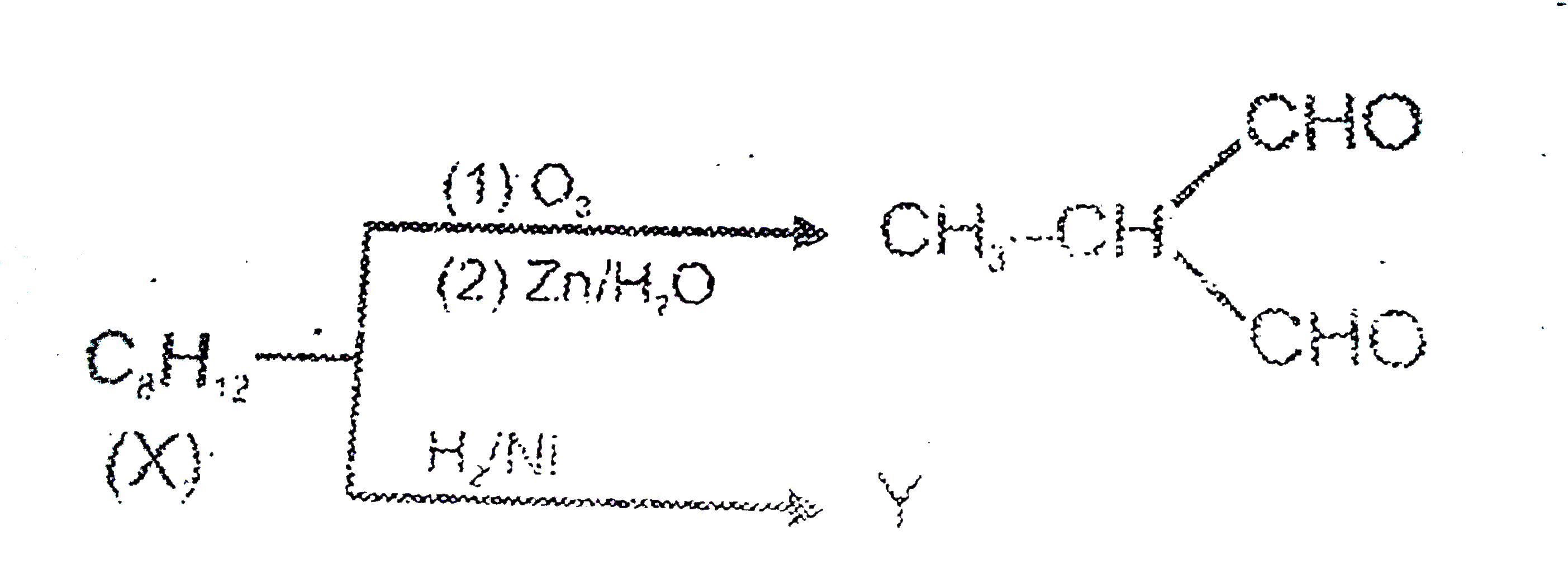Problesm with accuracy are due to errors'. Is the statement true?
To determine whether the statement "Problems with accuracy are due to errors" is true, we can analyze the concepts of accuracy and errors in measurements.
1. Understanding Accuracy:
- Accuracy refers to how close a measured value is to the true value or the accepted standard. High accuracy means the measured value is very close to the true value.
2. Identifying Errors:
- Errors are the differences between the measured value and the true value. They can arise from various sources, including instrument limitations, environmental factors, and human mistakes.
3. Types of Errors:
- There are systematic errors (consistent and repeatable errors) and random errors (errors that vary unpredictably). Both types can affect the accuracy of measurements.
4. Impact of Errors on Accuracy:
- If there are errors in measurement, it directly affects the accuracy. For example, if an instrument is not calibrated correctly, it will provide measurements that deviate from the true value, leading to inaccuracy.
5. Human Factors:
- Human error can also contribute to inaccuracies. Misreading an instrument or making incorrect calculations can introduce errors that affect the accuracy of the results.
6. Conclusion:
- Since errors are the primary reason for problems with accuracy, the statement "Problems with accuracy are due to errors" is indeed true.
Final Answer:
Yes, the statement is true. Problems with accuracy are due to errors.
- Accuracy refers to how close a measured value is to the true value or the accepted standard. High accuracy means the measured value is very close to the true value.
- Errors are the differences between the measured value and the true value. They can arise from various sources, including instrument limitations, environmental factors, and human mistakes.
- There are systematic errors (consistent and repeatable errors) and random errors (errors that vary unpredictably). Both types can affect the accuracy of measurements.
- If there are errors in measurement, it directly affects the accuracy. For example, if an instrument is not calibrated correctly, it will provide measurements that deviate from the true value, leading to inaccuracy.
- Human error can also contribute to inaccuracies. Misreading an instrument or making incorrect calculations can introduce errors that affect the accuracy of the results.
- Since errors are the primary reason for problems with accuracy, the statement "Problems with accuracy are due to errors" is indeed true.
Yes, the statement is true. Problems with accuracy are due to errors.
Topper's Solved these Questions
- BOOK - PRADEEPCHAPTER - PHYSICAL WORLD AND MEASUREMENTEXERCISE - NCERT Exercises40videos
PHYSICAL WORLD AND MEASUREMENT
- BOOK - PRADEEPCHAPTER - PHYSICAL WORLD AND MEASUREMENTEXERCISE - Additional Exercises19videos
PHYSICAL WORLD AND MEASUREMENT
- BOOK - PRADEEPCHAPTER - PHYSICAL WORLD AND MEASUREMENTEXERCISE - Competiton Focus Jee Medical Entrance18videos
PHYSICAL WORLD AND MEASUREMENT
- BOOK - PRADEEPCHAPTER - OSCILLATIONS AND WAVESEXERCISE - multiple choice Questions13videos
OSCILLATIONS AND WAVES
- BOOK - PRADEEPCHAPTER - PROPERTIES OF BULK MATTEREXERCISE - Multiple choice questions7videos
PROPERTIES OF BULK MATTER
Similar Questions
Knowledge Check
- Question 1 - Select One
True statement is
Apoistive catalyst increases the rate of reaction.BDuring the course of the reaction, specific reaction rate remains constant.CRate constant always increases with rise in temperature whether the reaction is endothermic or exothermic.DAll are correct. - Question 2 - Select One
True statement is
ApH of normal rain water is 5.6BBOD (Biochemical demand) of clean water is 17 ppmCExcessive nitrate (gt 500 ppm) has laxative effectDAll of these - Question 3 - Select One
The true statement is
Ahe order of colours in the primary and the secondary rainbows is the sameBThe intensity of colours in the primary and the secondary rainbows is the sameCThe intensity of light in the primary rainbow is greater and the order of colours is the same than the secondary rainbowDThe intensity of light for different colours in primary rainbow is greater and the order of colours is reverse than the secondary rainbow




